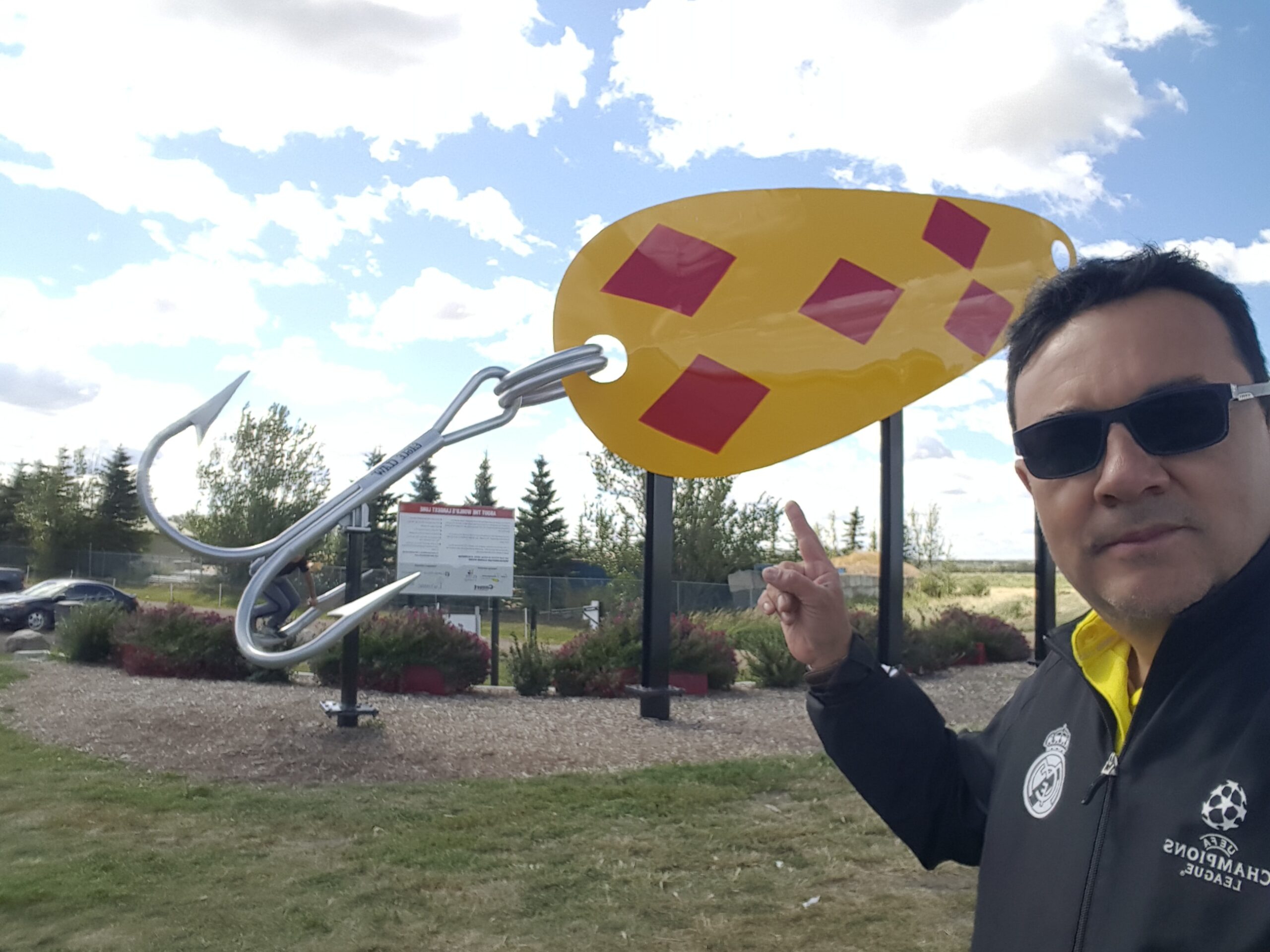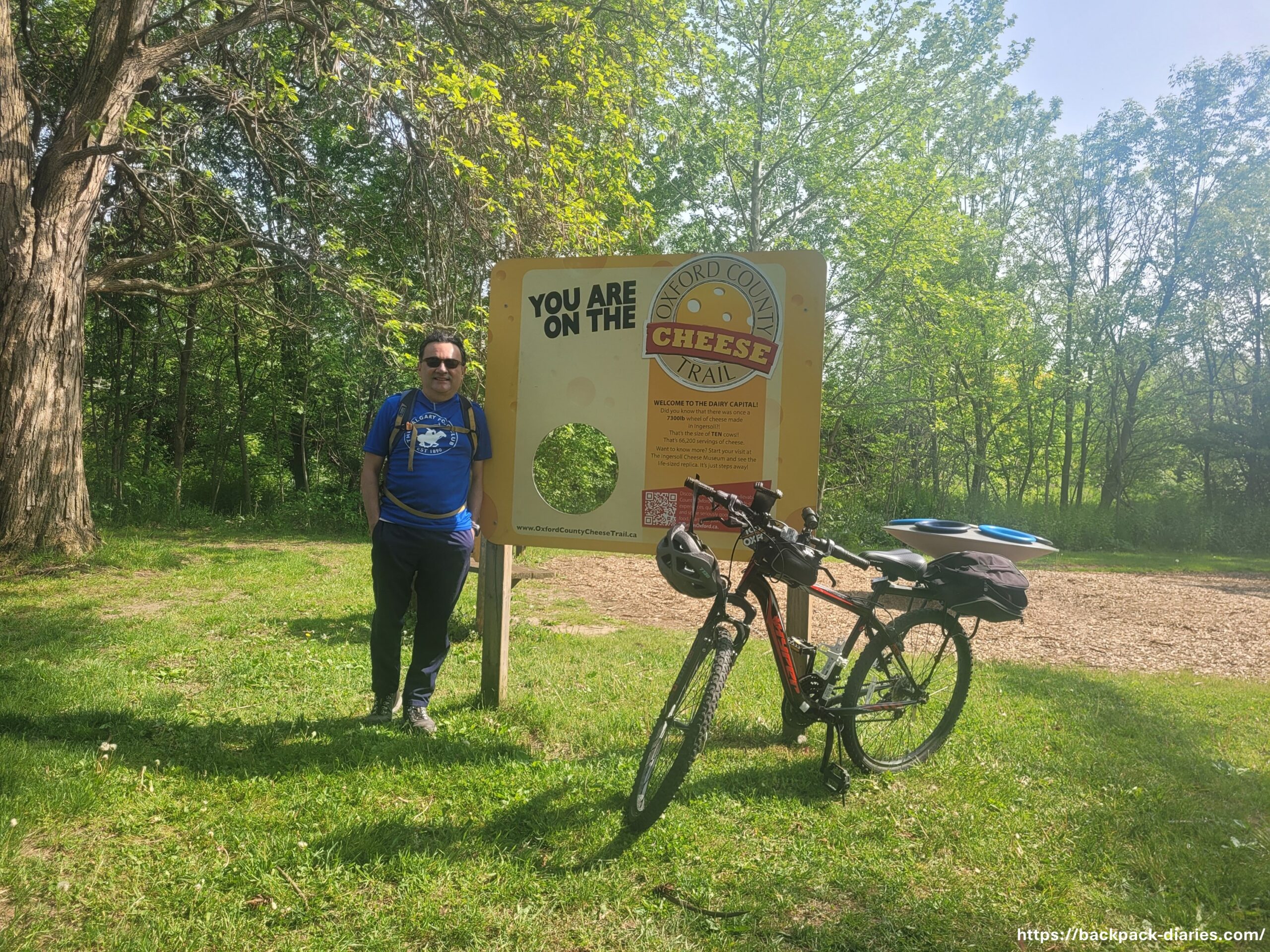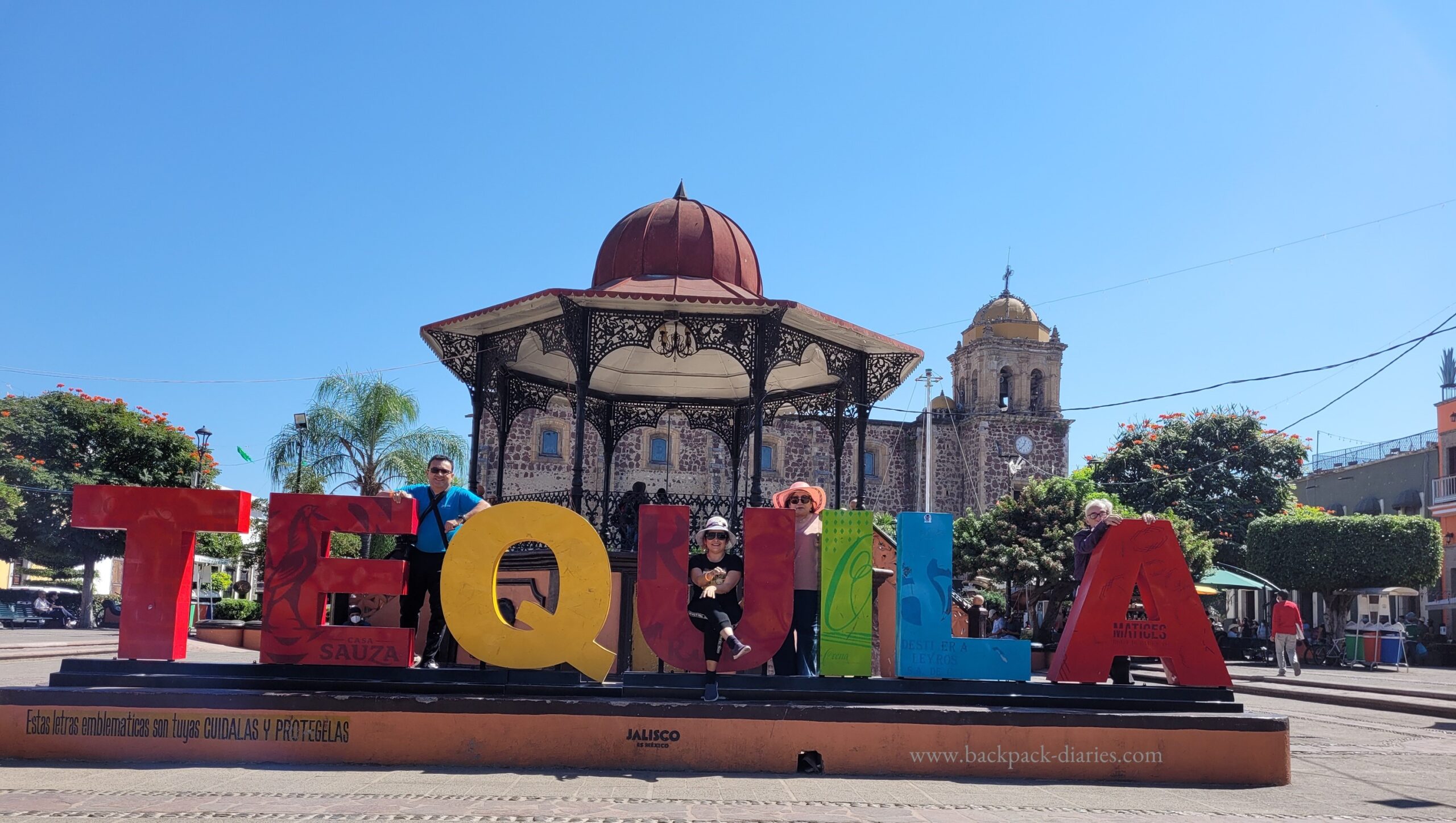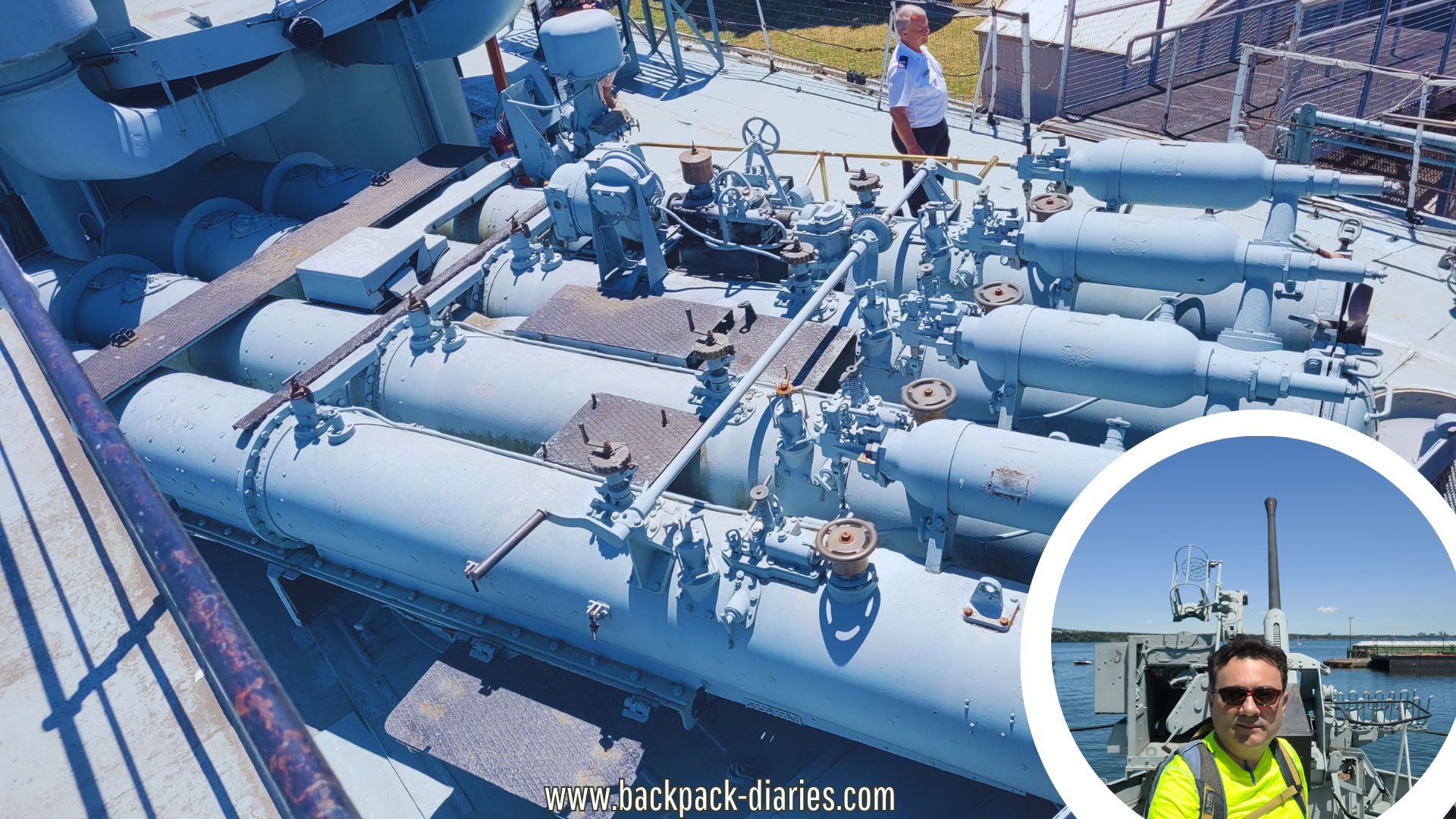See Spanish version
1.- Introduction
As in every place I visit, I always like to experience its culture, traditions, history, and artistic expressions. I lived in Antofagasta for about 18 months, where I had the opportunity to explore the region.
On this occasion, I’m going to talk about the murals in Antofagasta that most caught my attention although, I did not have the chance to visit them all.
2.- The “Station” neighborhood (“Barrio Estación”)

Location: Valdivia Street between Montevideo and Buenos Aires, Barrio Estación.
On a sunny spring morning, I rode northward on my bicycle along the breezy waterfront “La Costanera.” Turning right into Valdivia Avenue is the “Barrio la Estación” neighborhood.
A heritage mural spreads across 700 square meters of the surrounding walls of the old rail station. The blue sky and dry hills landscape in the background imprint an eye-catching visual contrast.
To the initiative of FCAB (Railway operator company), the mural was completed in 2008 by a team of young artists known as “Color Habitante.” The team listened to the multiple verbal stories of neighbors willing to preserve the neighborhood’s memory.

Although I’m not an expert on artistic interpretations, I will share my best impressions.
The mural represents a visual narrative of the development of the “Barrio Estacion” neighborhood, so named because it was founded in the surroundings of the old train station. One of the mural’s descriptive plaques reads, “Antofagasta’s connection to the desert, to the port and the mineral world.”
Collaged scenes in pastel colors portray daily life, school, spring celebrations, basketball games, and a Boca Juniors pennant (or perhaps the muralist is a fan of the “Xeneizes” team”⚽).

Rail Station
The mural spread along the enclosing walls of the hull remnants of the railway station.

The mural spread along the enclosing walls of the hull remnants of the railway station. Better known as “Longino,” the longitudinal train connected the neighborhood directly to the country’s northern regions (Mejillones, Tocopilla, and Iquique). The other train was the “Trasandino,” which directly linked the community with Bolivia and Argentina.

The railway station served as the regional distribution hub for agricultural products; other scenes depicted some of the establishments and brands that were part of everyday life.

A John Walker clock, a legendary London brand, subtly reminds the English capital origins of the FCAB company.

“Valdivia Avenue” is a two-way street, so be careful when taking pictures.
Nearby: right in front, you will notice a sort of a shrine with candles, paper notes with prayers, and petitions devoted to Evaristo Montt. I learned that Evaristo was a rail worker who tragically died during a boiler explosion in 1924. However, over time he became a near-holy character among locals.
Here in Chile, this type of offering or shrine is known as “animita” (little soul).

3.- Coviefi Murals
Location: between Argentina and Santa Clara avenue
The “Coviefi” neighborhood in the south of Antofagasta is home to what is called the “Coviefi Public Art Museum.” This is another project accomplished by the “Color Habitante” team in conjunction with the community.
Several spaces in the neighborhood dwell more than a dozen murals with different themes about the neighborhood’s past, panoramic views of the sea, desert landscapes, and ravines.
These are four that I noticed on my weekend strolls:
Fertility of the Desert (Author: Antonella Hill)
Location: Santa Clara and José Bernardino Tagle
The painting captures the human vitality represented by a woman and her fertile desert environment.

2.- Defend @Saile_one Saile (Iván Miranda)
Location: Av Argentina and Jose Fernando Tagle
A fusion of the desert, the ravine, and the sea on a female body and her surroundings.

3.-Twisting history (Stefania Leighton)
Location: Rodrigo de Triana street with Sta. Margarita
A colorful fusion of ethnicity and wildlife

4.-A library collection
Location: Sta. Margarita street between Sta. Rita and Rodrigo de Triana
A collection of books on a neighborhood wall.

The “VIVA” library inside the mall used to organize tours that went suspended during pandemic times.
4.- Mural of the Gibbs house
Location: Av. Balmaceda between Maipú and Baquedano, right across the MallPlaza.
The Gibbs House is a late XIX neoclassic building, a point of reference in the city of Antofagasta, and a good place for such an iconic mural photo.

The south and west façades of the “Casa Gibbs” serve as the canvas of a masterpiece: “A railway station with heroes in the history of Antofagasta.” The author is Luis Núñez San Martín, who led a group of artists in this project completed in 2008.

The mural is a visual snapshot of a scene from the beginning of the 20th century at the Salar del Carmen train station. The masterpiece portrays the most symbolic characters throughout the history of Antofagasta.

The west façade looks highlighted in pistachio-green.

Several characters

Here I’m with my father appreciating the visual depth perspective.

A striking detail is the mimicry technique painstakingly employed by the artists; i.e., 2 of the 6 windows visually merged with the existing windows.

In this image, the cables of the mural are camouflaged with the existing ones in the Balmaceda Avenue.

The Gibbs House is located in a small square known as “La Plazoleta del Salitre,” flanked by two busy roads and is next to the entrance to the shopping mall. Right there, in the square you will find the “El Aguador” sculpture (“the water carrier“).

5.- Mural of the Liceo Martha Narea Díaz
Location: José de San Martin Street between Orella and Uribe. In front of the COPEC gas station.
The walls of the Liceo Martha Narea Díaz, better known as the “Ex Liceo de Niñas Antofagasta,” are dressed with colorful paintings about the institution. This is also another “Color Habitante” project.
The mural visually narrates the important events and characters of the institution through time since it was founded in 1905 when the Liceo was exclusively for girls.

The high school choir in blue, orange, and white tones

The mural also shows the “Tree of the Americas“: a pepper seed that represents the Latin American union, which was planted by a group of students with soil brought by the ambassadors from various Latin American countries.

Antonio Rendic, a Croatian immigrant and author of the institution’s anthem, is another character in the mural.

Andrés Sabella, one of the iconic characters of Antofagasta is also portrayed in the mural. He is who proclaimed himself “half Chilean and exaggeratedly Antofagastino.” The local airport is named after him.

An interesting fact that I learned while browsing through the informative mural is about Lucila Godoy Alcayaga, better known as Gabriela Mistral. She was a staff member in the early years of the institution and who many years later would be awarded the Nobel Prize for Literature in 1945.

Nearby: It was a Saturday early morning, an appetizing moment to cross the street behind the pump station for a coffee and a croissant (here, the croissants are known as “half-moon“).
6.-Downtown
Location: Between Jorge Washington Street and Andrónico Abaroa alley.
The mural recreates a day in the commercial life of Antofagasta; it was unclear to me whether the scene evokes a street of the past in that same place or a different commercial street in the old days.

Interesting scene details such as “Madame Philo,” which seems like a fashion and hat store, “La Habanera” a wine and liquor store, “Almacén Londres,” the “House” and a gentleman subtly leaning out of his window.

The horizon projection of the scene merges with the blue sky and the dry landscape.

Tile murals nearby.

An evoking tribute to the memory of a daughter and other graffiti expressions on Latorre and Orella streets.

Other graffiti murals on Orella street to the side of Gabriela Mistral’s studio.

7.-Other Murals
Location: Calle 21 de Mayo with Lord Cochrane.
During my time in Chile, I witnessed periods of riots and demonstrations that turned the country into vandalic acts on the streets.
Despite the damage, the “For love” mural has few visual elements and a simple and direct theme conveying a powerful message: “Dignity” in Braille. Author Francisco Tapia Cortés alias “Esec” .

Image 34 : For love
Nearby: on the opposite corner is the Basilica of the Heart of Mary.
8.-Final note
I understand that since I quit living in Antogasta in 2020, several new mural projects have come forward, including the two new tallest mosaic murals in Chile. So, I hope I can come back someday.








